The allure of swimming alongside marine creatures extends far beyond the popular
encounters with sharks and dolphins. From gentle sea turtles to playful sea lions, our
oceans offer countless opportunities to connect with fascinating aquatic life.
As more travelers seek unique underwater experiences, destinations worldwide have
developed responsible ways to interact with diverse marine species while preserving
their natural habitats and behaviors.
Manta Point, Nusa Penida, Indonesia
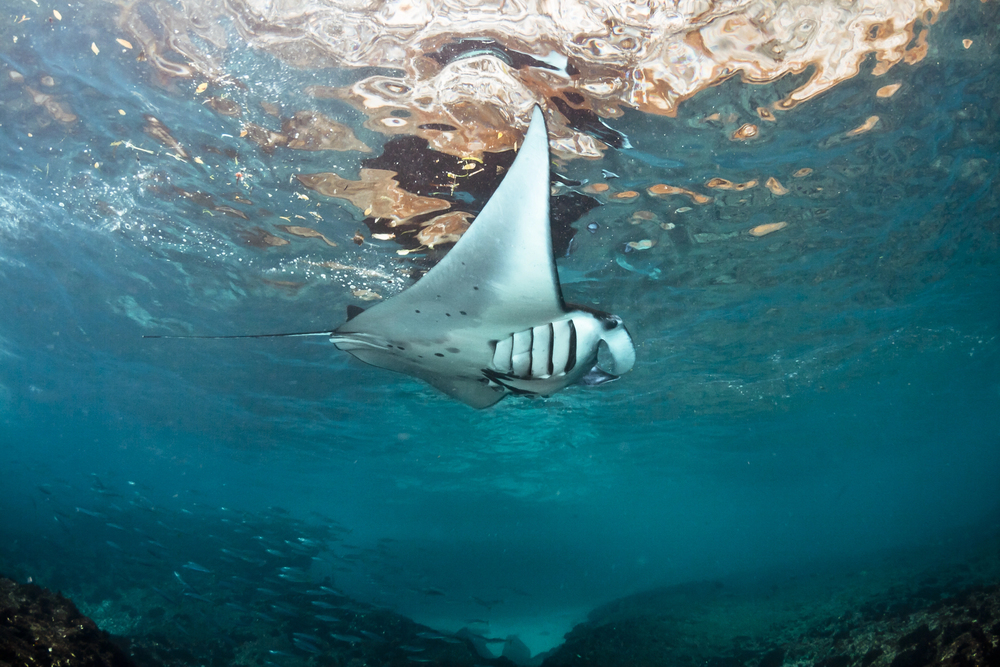
This is a protected bay where giant manta rays gather yearly to have small fish clean
their gills and skin. The waters are crystal clear and reach a depth of 65 feet. One
can swim to view the elegant creature with wings up to 15 feet long.
The topography at this site generally creates soft currents, making it accessible for swimmers of all skill levels.
Great Barrier Reef, Queensland, Australia
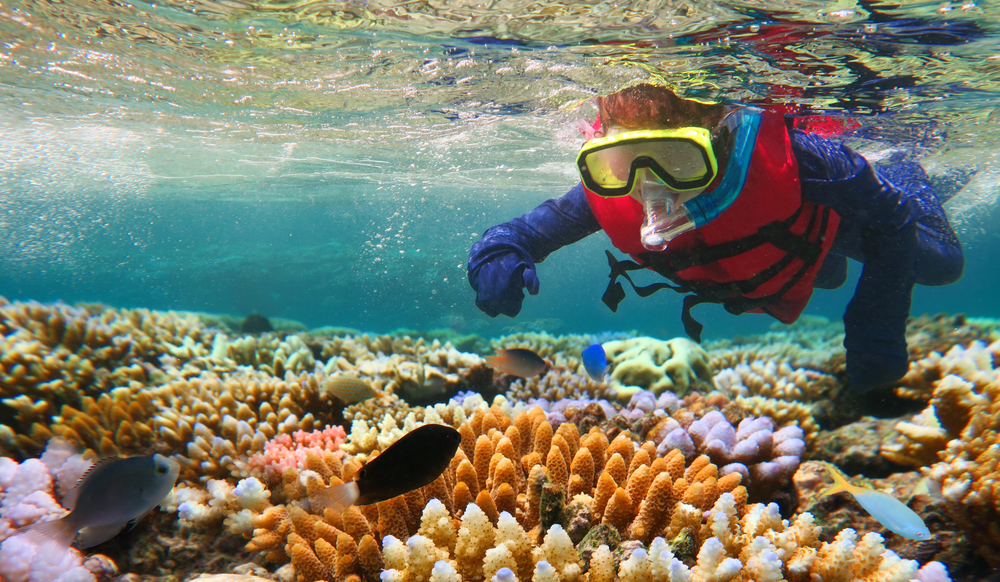
The world’s largest coral reef system hosts an incredible variety of marine life,
including clownfish, sea turtles, and giant clams. Spanning over 1,500 miles of
coastline, the reef features numerous shallow coral gardens perfect for snorkeling.
The warm waters maintain a comfortable temperature year-round, averaging 75°F
during winter.
Like Travel Pug’s content? Follow us on MSN.
Crystal River, Florida, USA
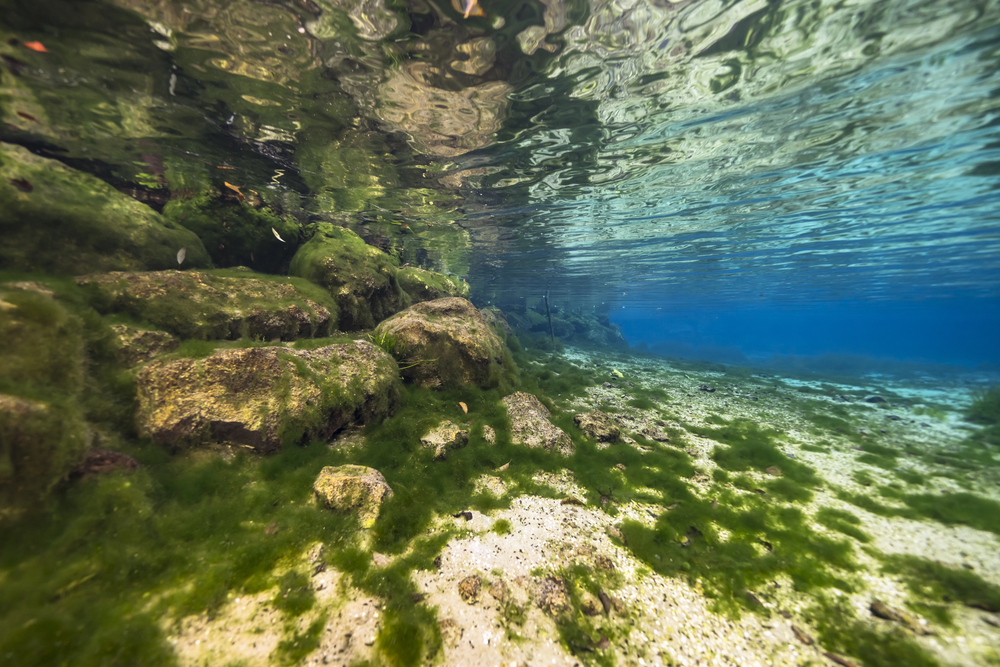
This natural spring system provides a unique opportunity to swim with gentle
manatees in their native habitat. The clear, 72°F waters attract hundreds of these
curious creatures seeking warmth during winter.
Strict guidelines ensure respectful interaction with these endangered mammals while allowing visitors to observe their peaceful nature up close.
Poor Knights Islands, New Zealand
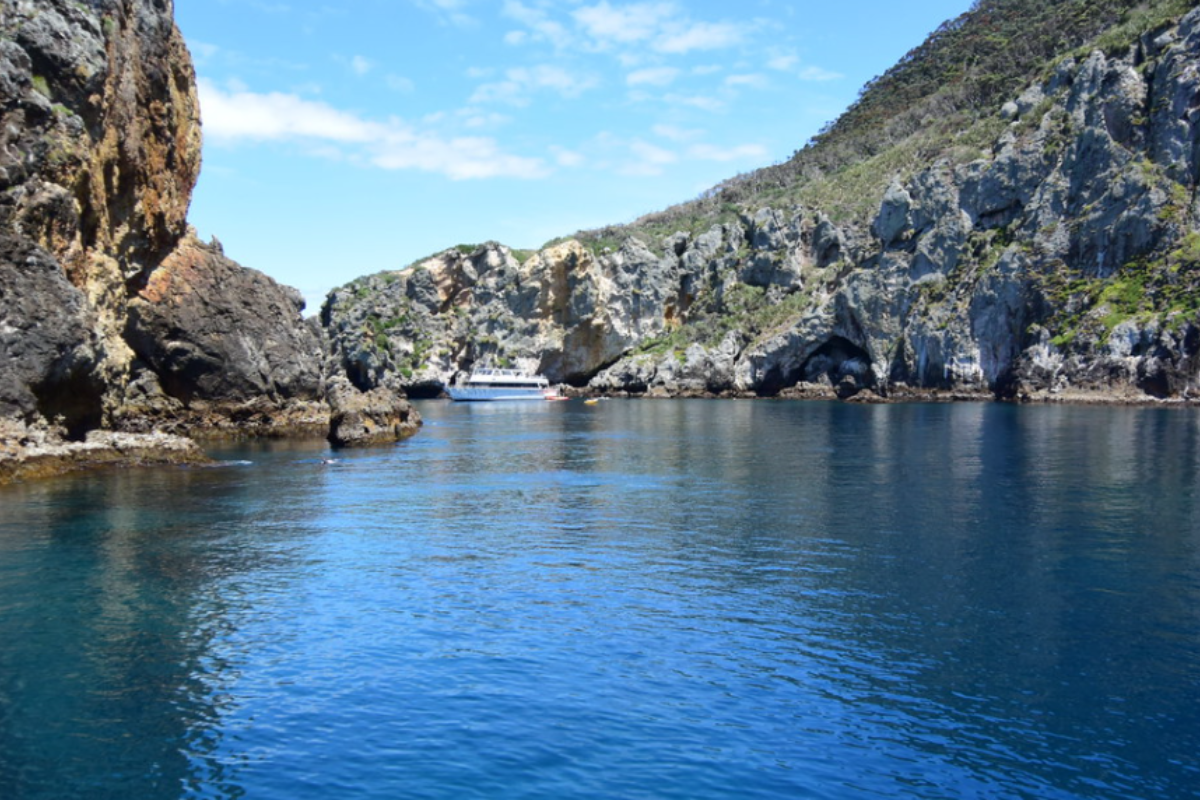
These volcanic islands form an exceptional marine reserve where swimmers can
encounter schools of blue maomao, huge packhorse crayfish, and vibrant
nudibranchs. The confluence of warm and cool currents creates a unique ecosystem supporting over 125 fish species.
Underwater visibility often exceeds 100 feet, making it ideal for photography.
Jellyfish Lake, Palau
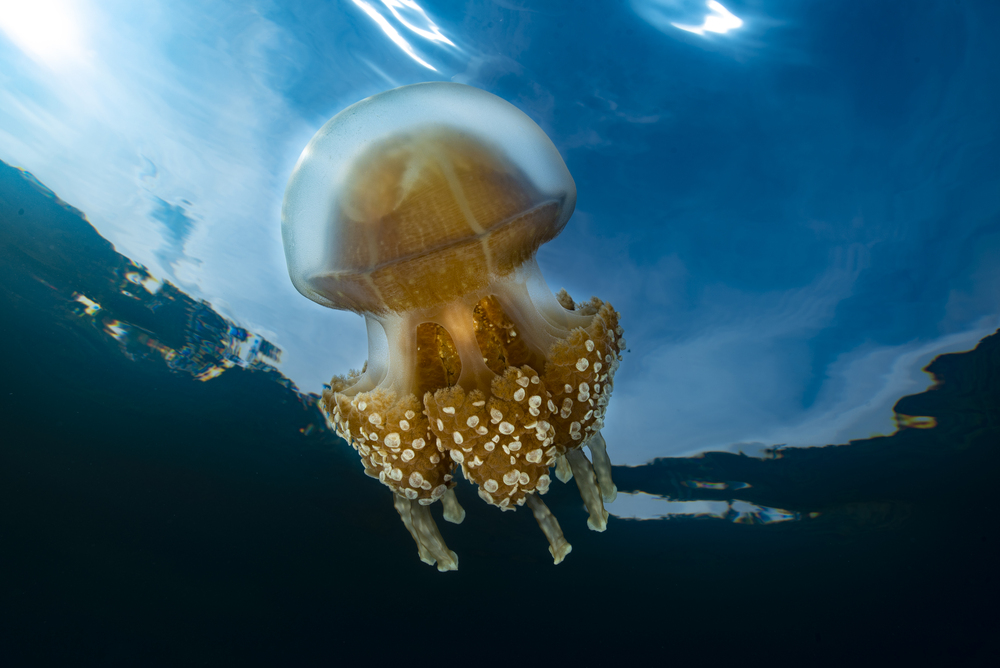
This isolated marine lake is home to millions of golden jellyfish that have lost their
stings. The ecosystem is unique, as jellyfish perform daily migrations by the sun’s
path.
Floating among these ethereal creatures is a surreal experience, although access is carefully managed to protect this delicate environment.
Like Travel Pug’s content? Follow us on MSN.
Ningaloo Reef, Western Australia
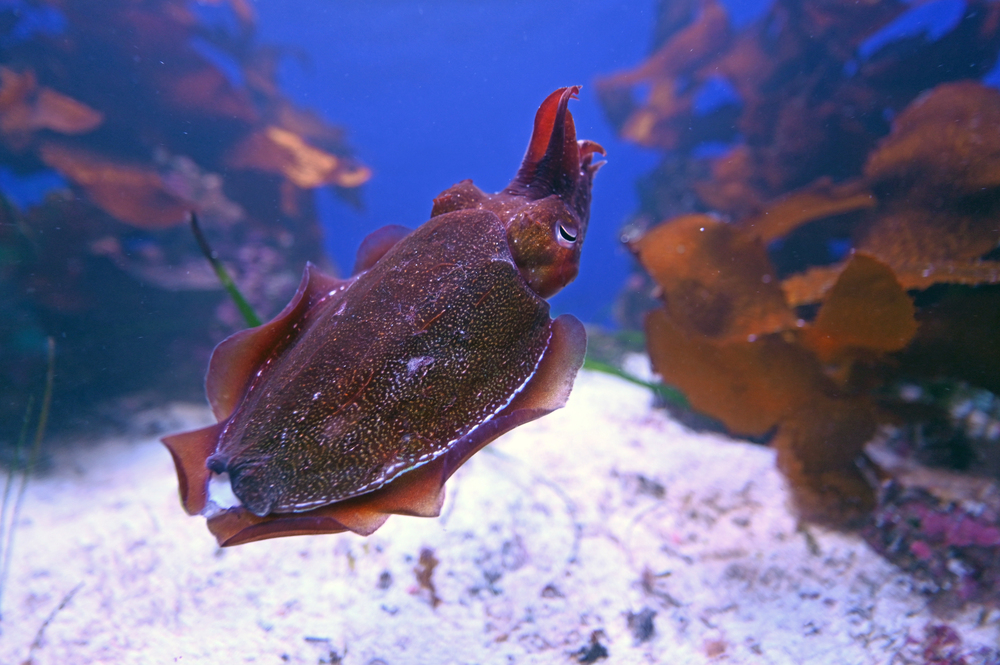
This pristine reef system offers encounters with gentle whale sharks and rare
dugongs in their natural habitat. The reef lies incredibly close to shore, sometimes
just 65 feet from the beach, making it highly accessible.
Its protected status has allowed marine life to thrive, creating one of the world’s most diverse underwater ecosystems.
Silver Bank, Dominican Republic
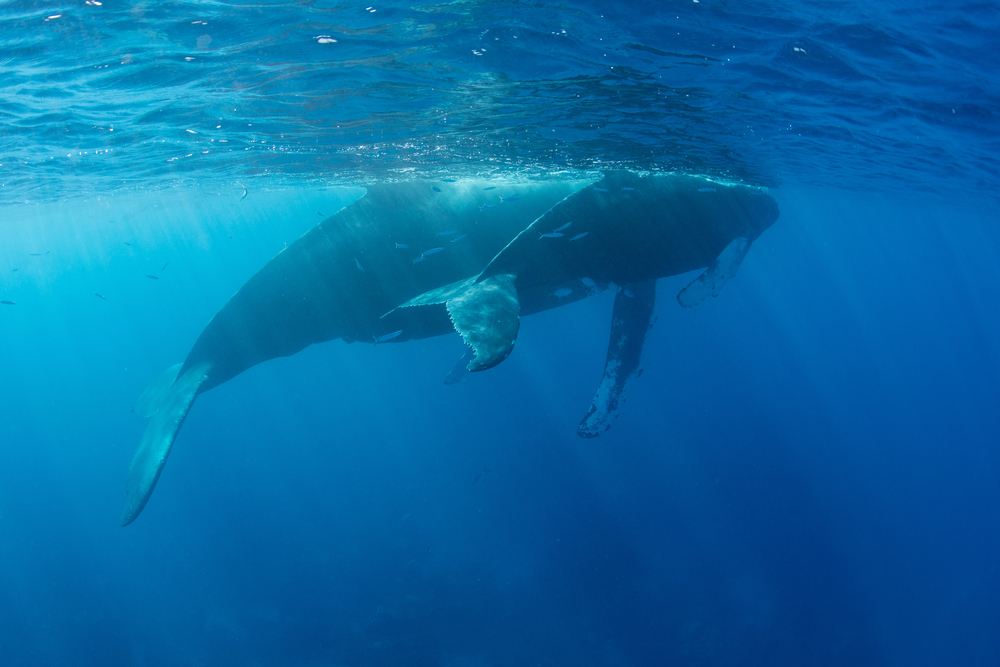
This shallow bank offers a unique opportunity to swim with humpback whales during
their annual breeding season. The protected marine sanctuary covers over 3,000
square miles and provides reliable encounters between January and March.
There is nothing like hearing whale songs underwater while seeing these magnificent
creatures.
Sea of Cortez, Mexico
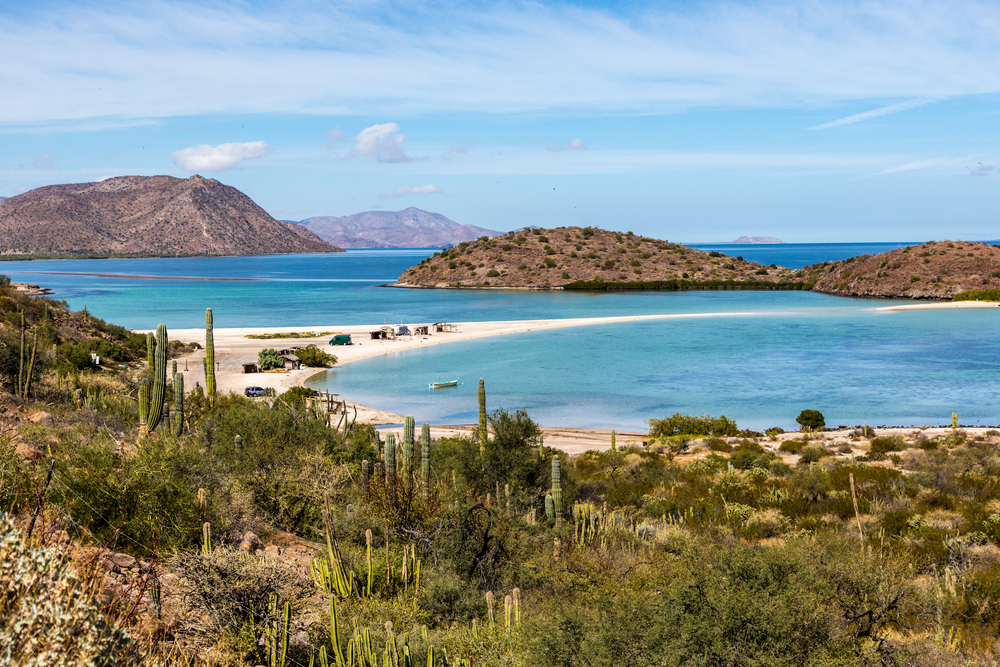
These nutrient-rich waters support incredible marine life, including playful sea lions,
schooling mobula rays, and friendly whale sharks. The sea’s unique geography
creates numerous sheltered bays perfect for swimming and snorkeling.
The desert backdrop provides a stunning contrast to the vibrant underwater world.
Like Travel Pug’s content? Follow us on MSN.
Lord Howe Island, Australia
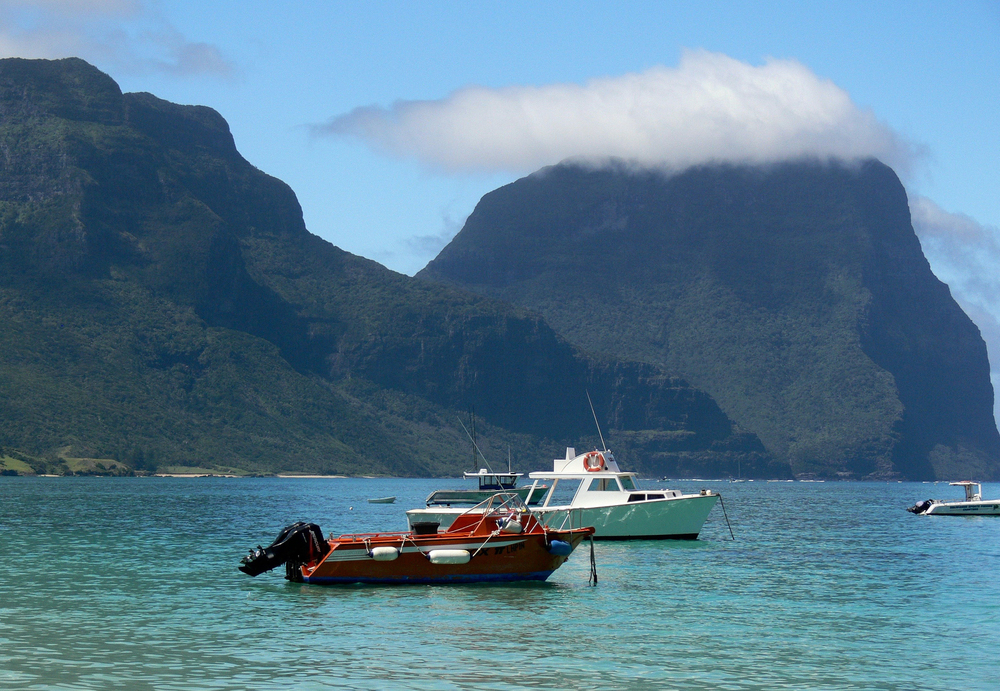
This remote island’s lagoon features over 90 coral and 500 fish species, including
endemic double-header wrasse. The pristine waters host an incredible mix of tropical
and temperate marine life.
The island’s isolation has preserved its marine ecosystem in near-perfect condition.
Hanifaru Bay, Maldives
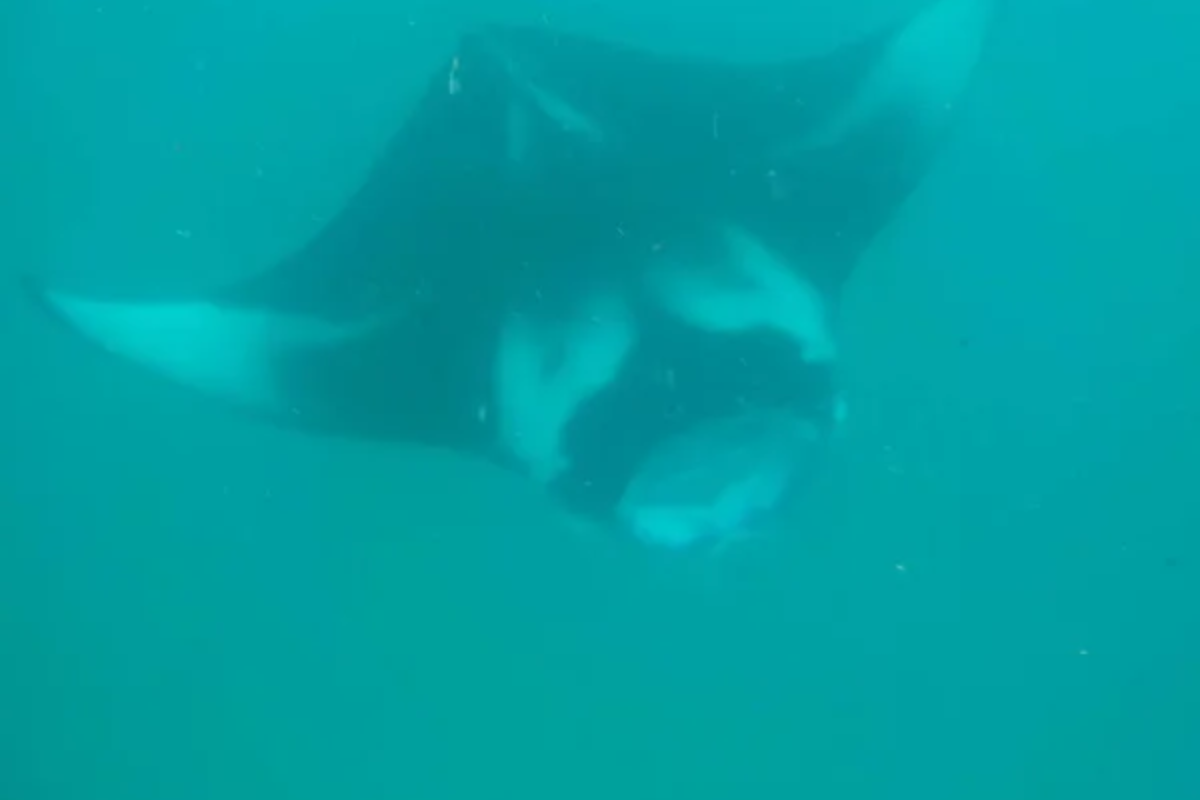
This UNESCO World Heritage site is a feeding station for hundreds of manta rays
and whale sharks during plankton blooms. The bay’s unique funnel shape
concentrates plankton, attracting large numbers of filter feeders.
The shallow waters allow snorkelers to observe these magnificent creatures feeding easily.
Vancouver Island, British Columbia, Canada
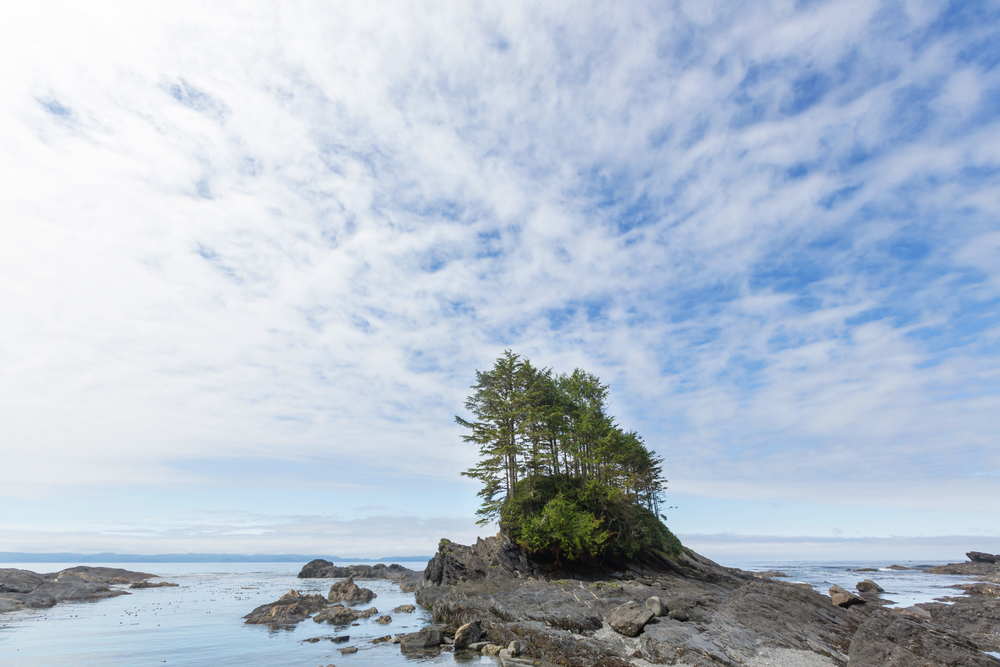
The cold, nutrient-rich waters support a unique ecosystem where swimmers can
encounter playful sea lions, colorful anemones, and giant Pacific octopuses. The
kelp forests create otherworldly underwater landscapes teeming with life.
Despite the chilly temperatures, dry suits make year-round swimming possible.
Like Travel Pug’s content? Follow us on MSN.
Tonga
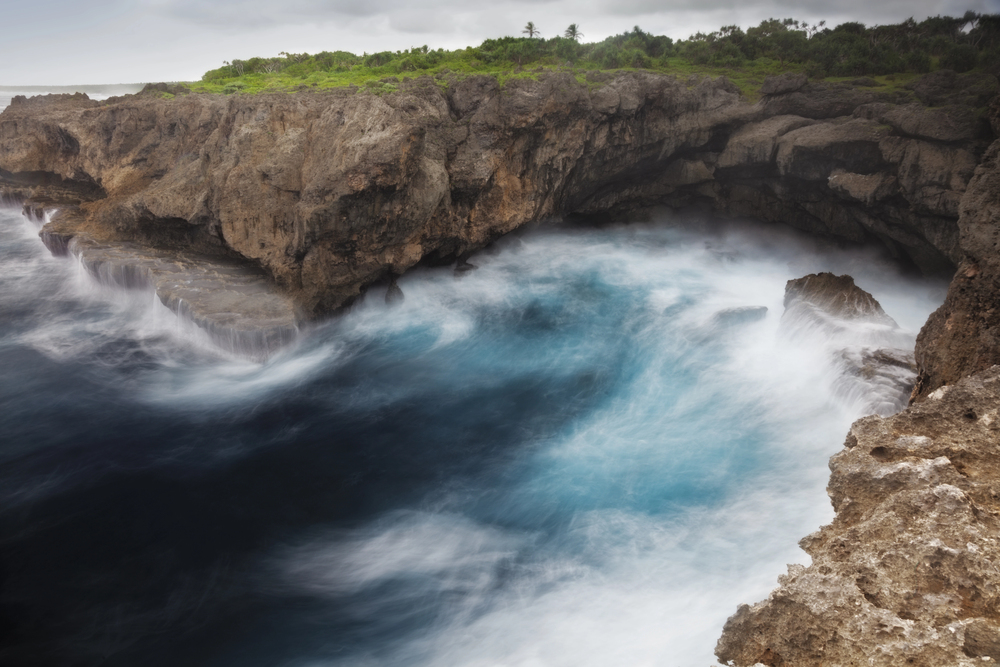
These South Pacific waters provide intimate encounters with mother humpback
whales and their calves in crystal-clear waters. The kingdom’s strict regulations
ensure responsible whale-watching practices while maximizing encounter
opportunities.
The warm waters and gentle conditions make them accessible to swimmers of all abilities.
Galapagos Islands, Ecuador
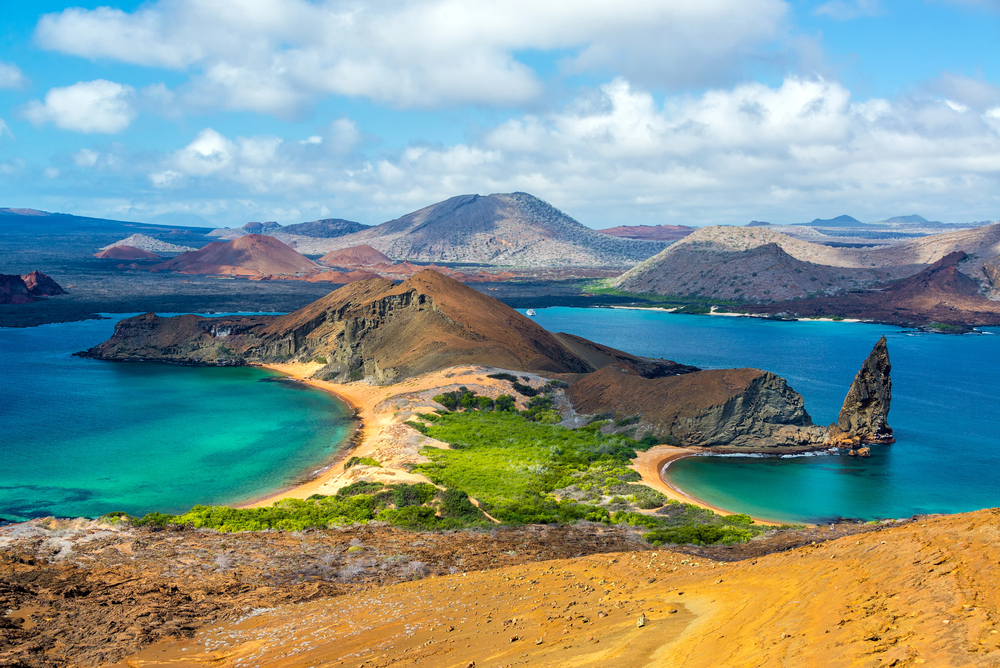
These volcanic islands offer unique opportunities to swim with marine iguanas,
penguins, and playful sea lions in their natural habitat. The convergence of ocean
currents creates an extraordinary mix of tropical and temperate marine life.
The animals’ famous fearlessness allows for incredibly close encounters.
Raja Ampat, Indonesia
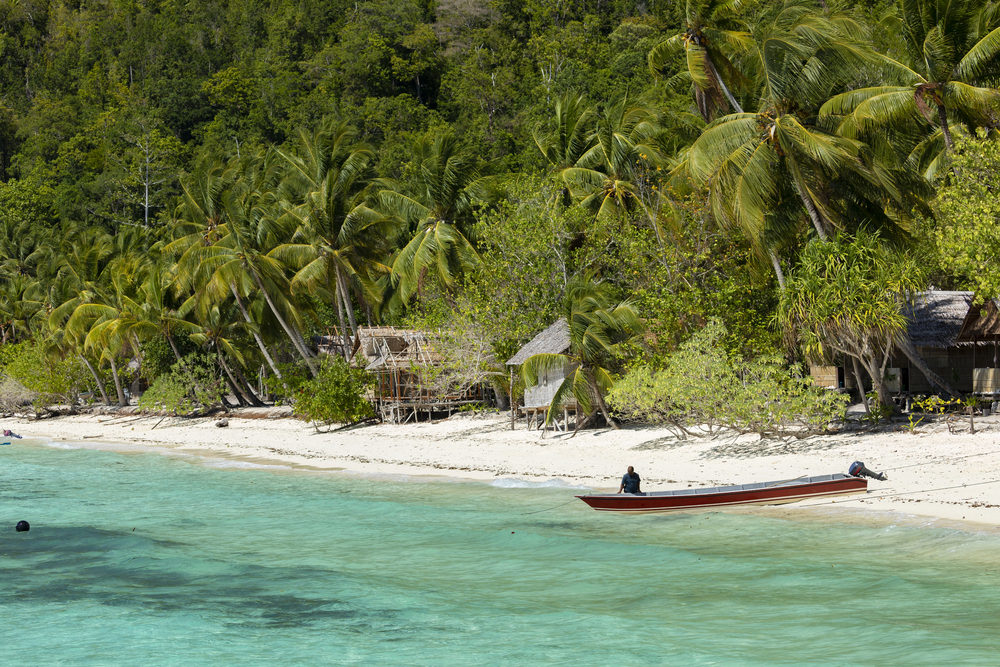
This remote archipelago features the world’s highest marine biodiversity, with
swimming opportunities among massive schools of fish and rare species. The
pristine reefs support over 1,300 fish species and 75% of known coral species.
The region’s remote location has preserved its underwater ecosystems in remarkable
condition.
Like Travel Pug’s content? Follow us on MSN.
Gordon Rocks, Santa Cruz Island
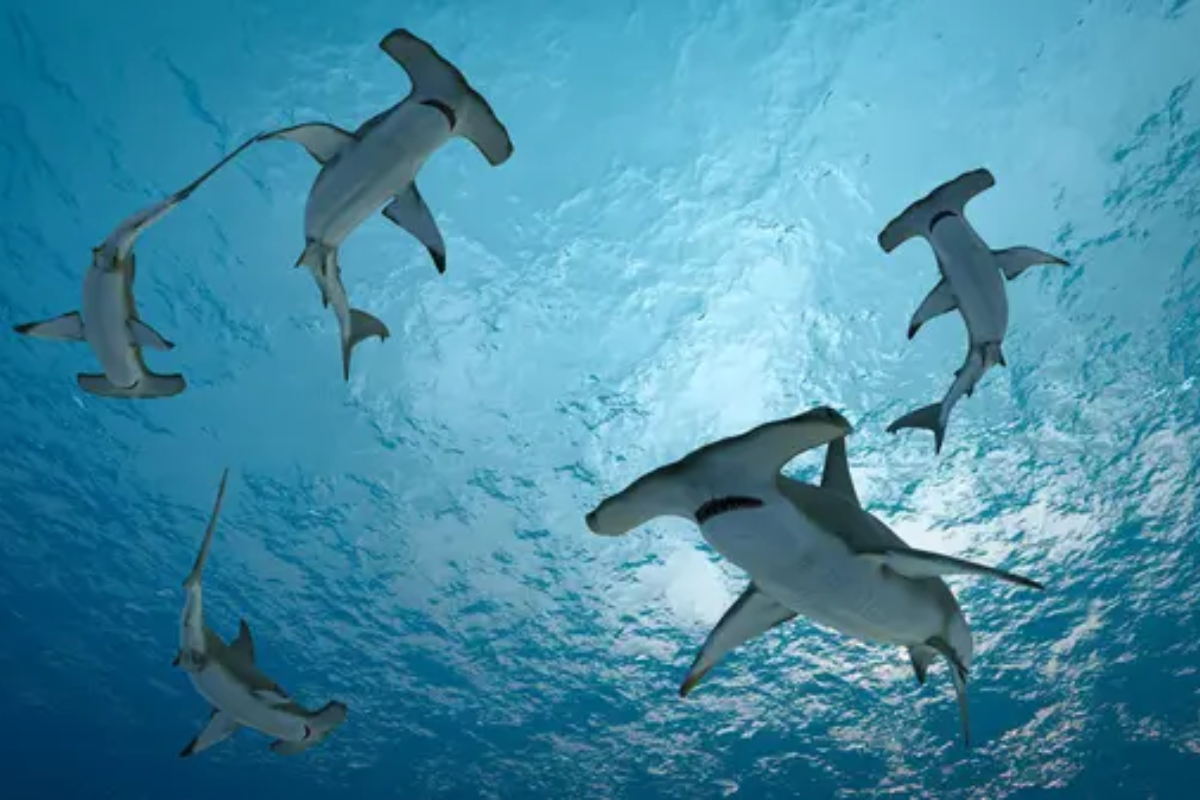
This crater offers great opportunities to swim with hammerhead sharks and sea
turtles and has many fish schools. Its topography makes the site special, and the
rare conditions attract diverse marine life.
Because of its complexity, the site is not suitable for beginners.
Monterey Bay, California, USA
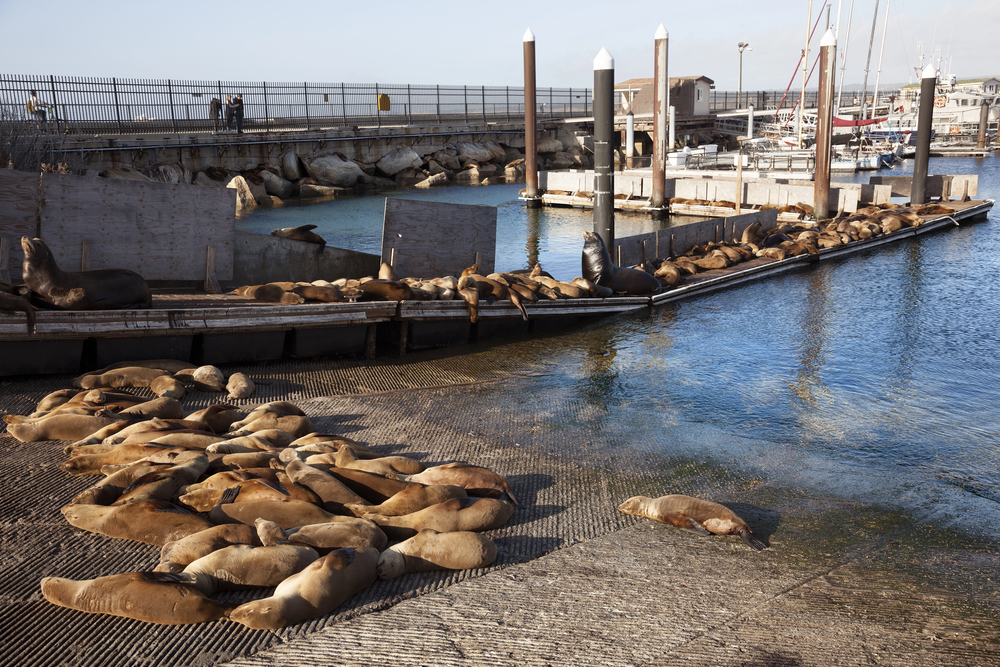
This dynamic ecosystem supports encounters with playful sea otters, harbor seals,
and vibrant nudibranchs among kelp forests. The protected marine sanctuary status
has allowed marine life to flourish near shore.
The bay’s accessibility makes it perfect for both novice and experienced swimmers.
Kaikoura, New Zealand
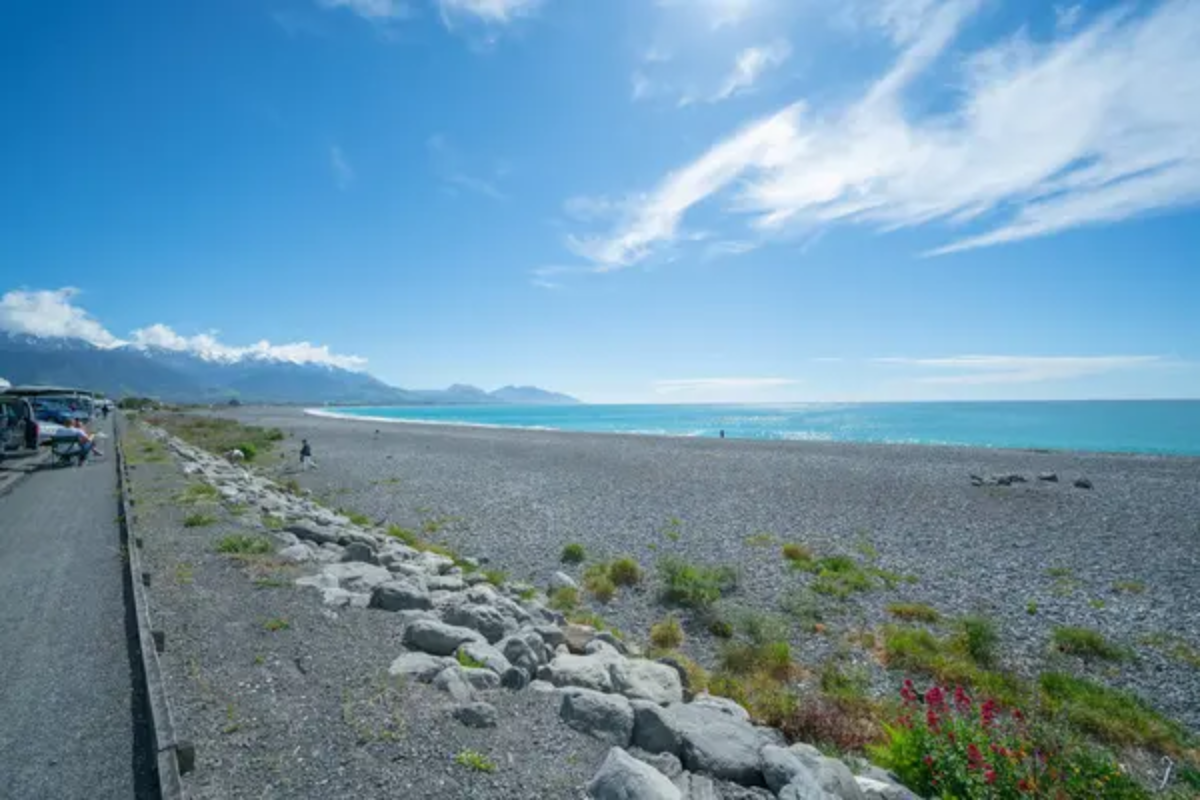
These nutrient-rich waters attract diverse marine life, including playful dusky
dolphins, sperm whales, and New Zealand fur seals. The deep underwater canyon
close to shore creates unique conditions that support abundant marine life.
The backdrop of snow-capped mountains adds to the dramatic swimming experience.
Like Travel Pug’s content? Follow us on MSN.
Cabo Pulmo, Mexico
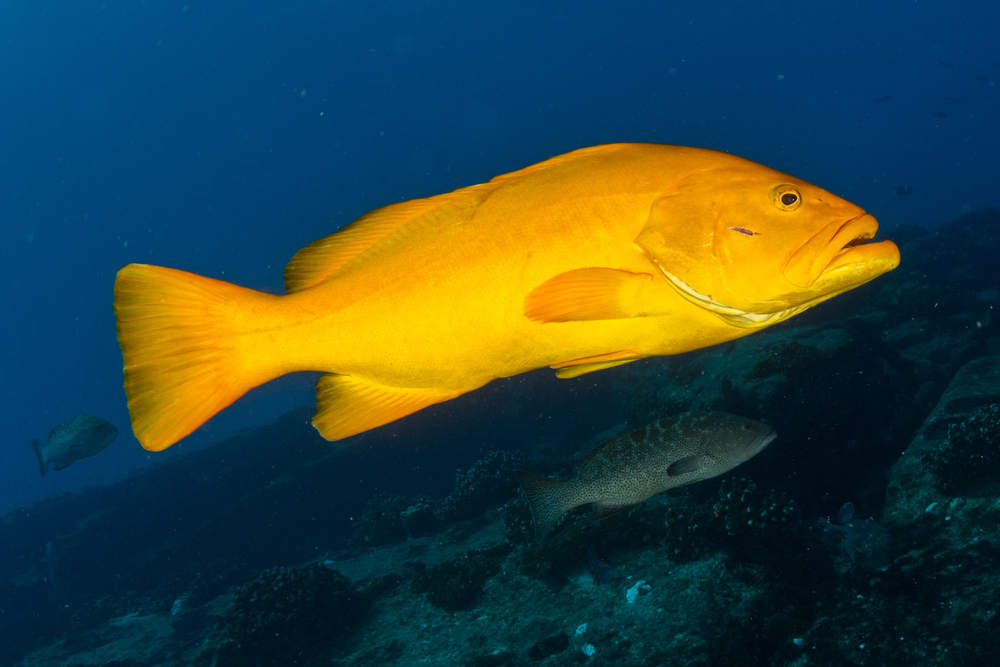
This is a thriving marine protected area where snorkelers can find giant schools of
jackfish, bull sharks, and sea turtles. The community conservation efforts
transformed an overfished area into this thriving ecosystem.
The shallow reefs make snorkeling accessible and yet exciting enough for the users.
Christmas Island, Australia
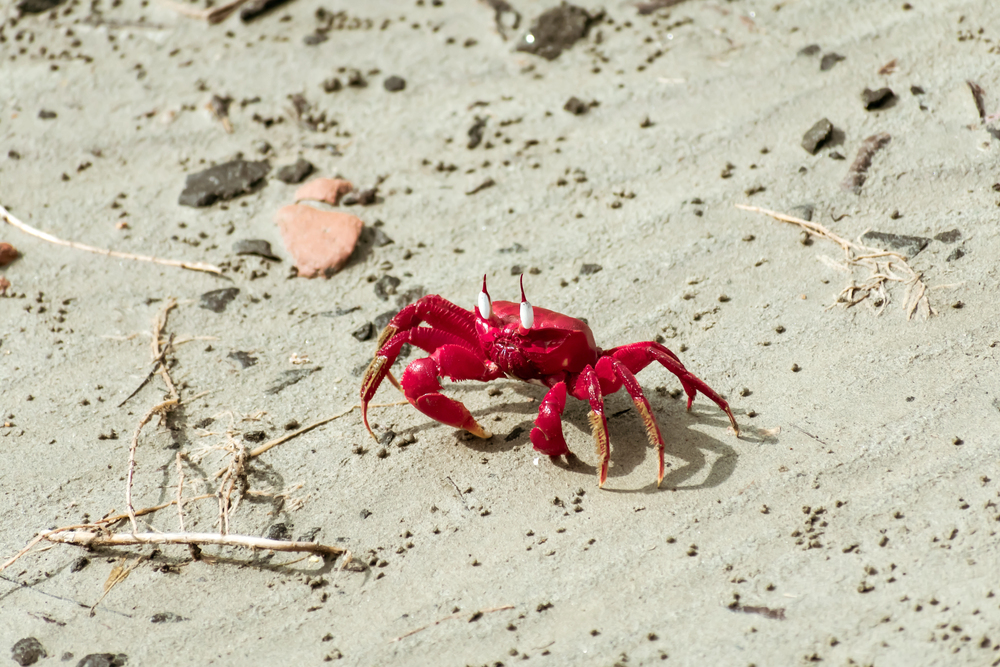
This remote island’s waters feature unique opportunities to witness the annual red
crab migration and swim with whale sharks. The steep walls dropping into deep
water attract pelagic species close to shore.
The island’s isolation has preserved its marine ecosystems in pristine condition.
Silfra Fissure, Iceland
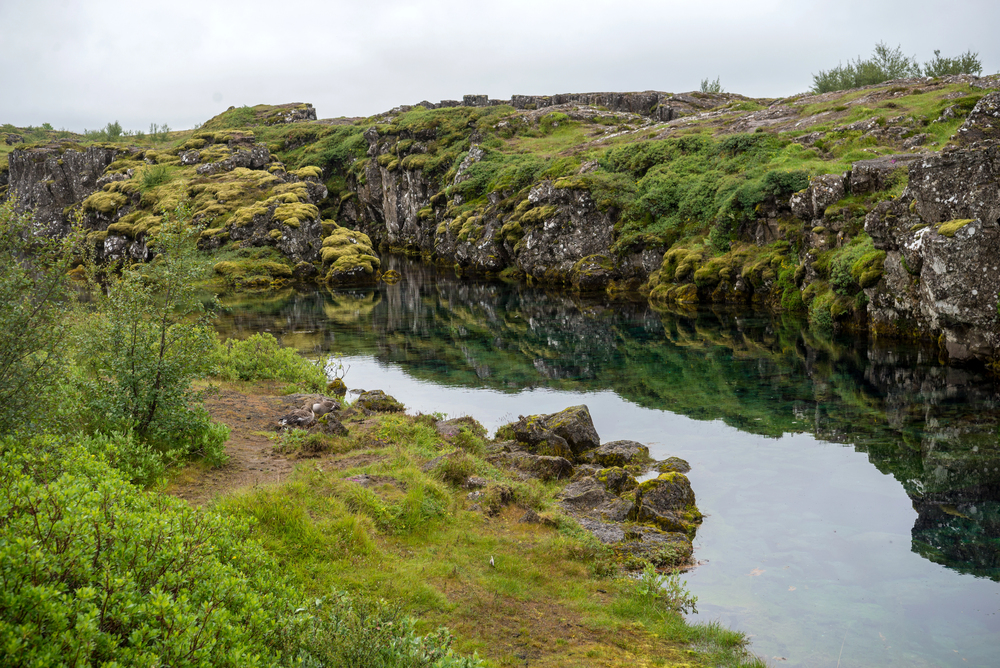
This unique geological formation offers the chance to swim between tectonic plates
in the clearest water on Earth. The glacial water provides visibility exceeding 300
feet, creating an otherworldly swimming experience.
Despite the cold temperatures, the site’s unique features make it one of the world’s most distinctive marine encounters.
Like Travel Pug’s content? Follow us on MSN.
Exploring Marine Life Responsibly
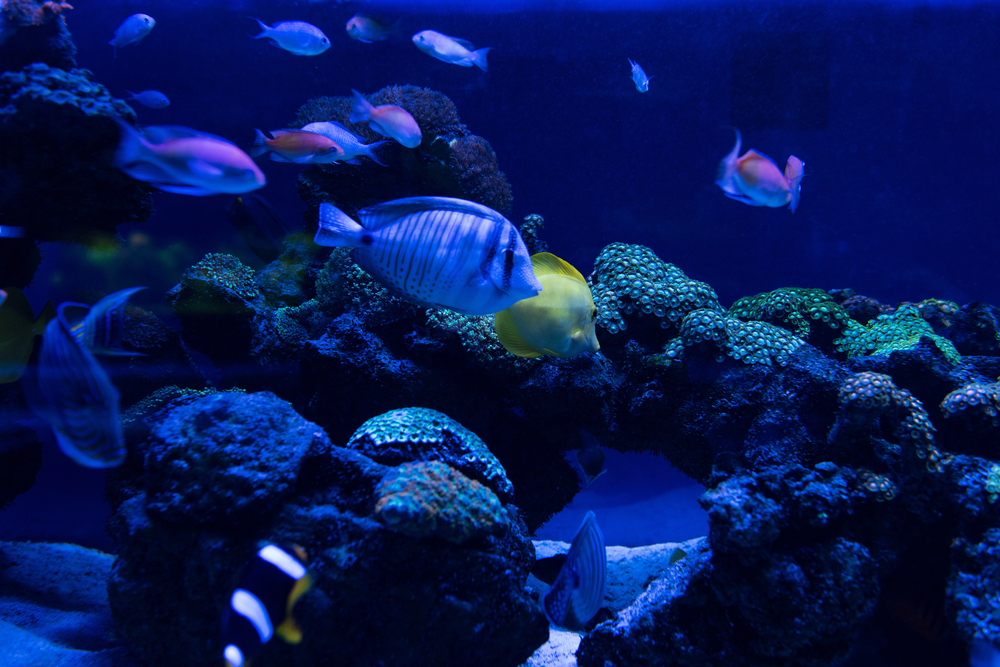
These extraordinary encounters remind us of our oceans’ incredible diversity and the
importance of responsible marine tourism. Each destination offers unique
opportunities to connect with marine life while supporting local conservation efforts.
By choosing operators who prioritize animal welfare and following proper guidelines,
we can ensure these remarkable experiences remain available for future
generations.
More from Travel Pug

- 15 Dangerous European Cities to Avoid
- 15 Caribbean Islands Where Tourists Keep Getting Scammed
- The 20 Most Fascinating Abandoned Places: A Journey Through Time and Forgotten Spaces
- 15 Hidden Places in the Smithsonian Museums Locals Love: A Guide to Lesser-Known Treasures
- 16 Hidden Florida Beach Towns That Aren’t Overrun with Tourists
Like Travel Pug’s content? Follow us on MSN.
